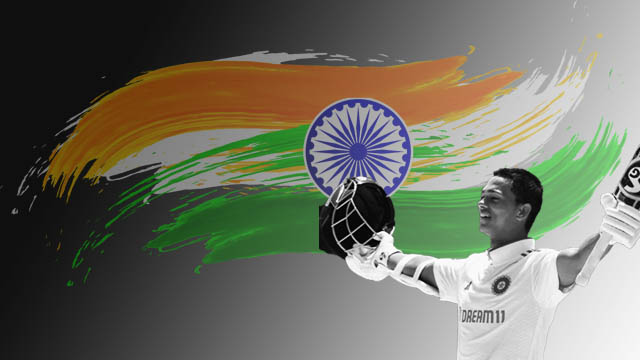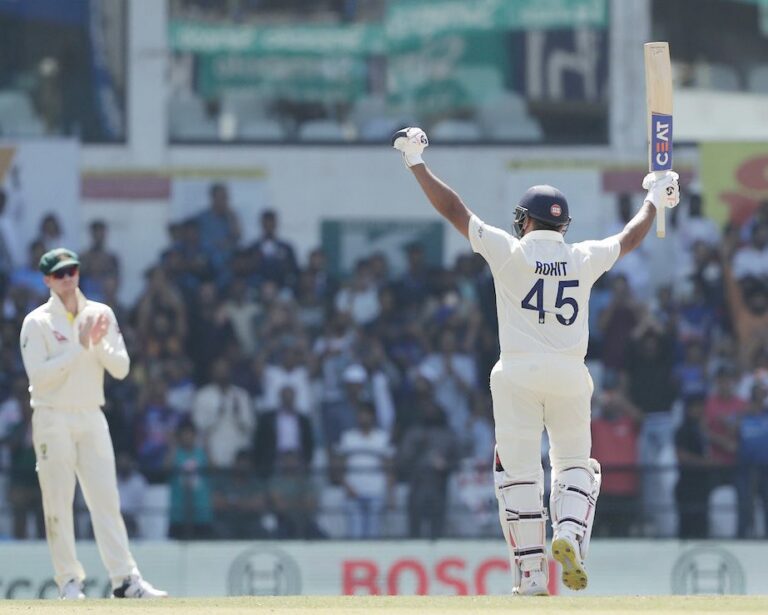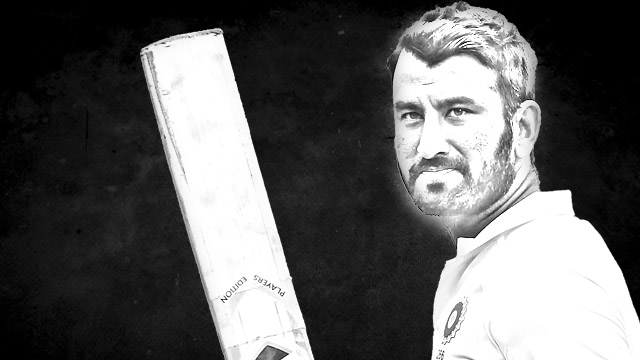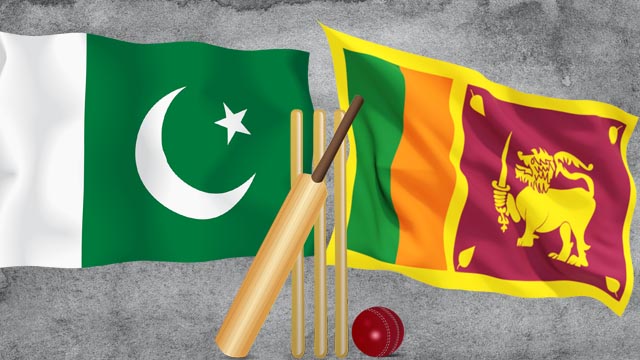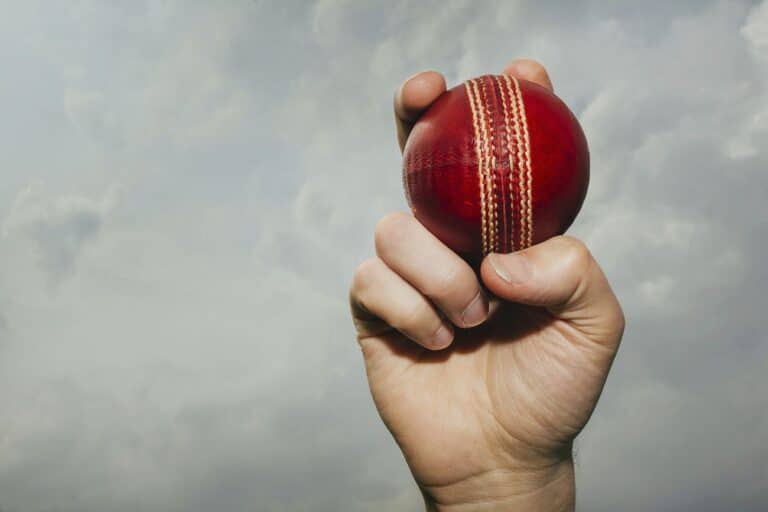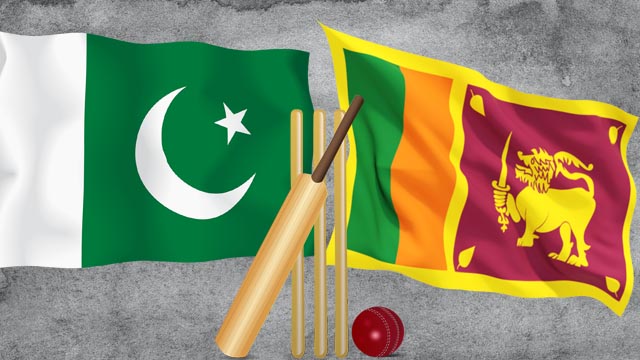In an impressive display of skill and resilience, Yashasvi Jaiswal, the Indian opener, batted throughout the day to finish unbeaten on 143 runs, breaking the record for the most balls faced by an Indian test debutant. His remarkable innings, combined with a century from Rohit Sharma, placed India in a commanding position at the end of the second day of the first test match against West Indies at Windsor Park. India concluded their innings at 312 for two wickets, holding a substantial lead of 162 runs, with Jaiswal and Virat Kohli (36 not out) at the crease.
Jaiswal and Sharma exhibited exceptional patience and determination during their partnership, which yielded an impressive 229 runs. Their cautious approach allowed India to secure a first-innings lead without losing a wicket, a feat never before achieved in test cricket by the Indian team.
Scoring runs proved to be a challenging task, as India managed to add only 232 runs to their total in the 90 overs played on the second day, despite losing only two wickets. West Indies captain Kraigg Brathwaite utilised the services of nine different bowlers, with Rahkeem Cornwall posing the most significant threat. Unfortunately for West Indies, Cornwall had to leave the field during the first session due to a chest infection and did not return.
Jaiswal reached his century first, becoming the third Indian opener and the 17th Indian player overall to achieve this milestone during his test debut, following in the footsteps of Shikhar Dhawan and Prithvi Shaw. Shortly after, Sharma also reached his century, his tenth in test cricket and only the second achieved outside of India in 27 matches. However, he was dismissed off the very next ball when he gloved the spinner onto his thigh, resulting in a catch by Joshua Da Silva.
Before the test match, Shubman Gill expressed his desire to bat at the third position, a decision supported by India’s coach Rahul Dravid. However, Gill’s move did not bring immediate success, as he edged Jomel Warrican’s delivery to the second slip after scoring just six runs.
With the pitch offering turn and bounce, West Indies delayed taking the second new ball until the 101st over. Desperate for another breakthrough, they exhausted two reviews in an attempt to dismiss Kohli, but India survived that period unscathed.
In the third over with the second new ball, Kemar Roach appealed for an lbw against Jaiswal, but the umpire, Richard Kettleborough, turned down the appeal. West Indies had exhausted their reviews, and subsequent replays indicated that the ball would have gone on to hit the leg stump.
Brathwaite reintroduced Warrican into the attack when the second new ball was just eight overs old. It was during this period that Kohli, after facing 80 balls, struck his first boundary with an elegant cover drive, celebrating the milestone with a fist pump and a smile. By the close of play, Kohli and Jaiswal had forged a partnership of 72 runs for the third wicket.
In the morning session, Jason Holder and Roach maintained a disciplined line and length outside off stump, conceding only 19 runs in the first nine overs of the day. The day’s first boundary came in the tenth over when Jaiswal executed a confident pull shot off Alzarri Joseph, bringing up his half-century. This shot also marked India’s first opening century stand in 23 innings since KL Rahul and Mayank Agarwal’s 117-run partnership against South Africa in Centurion in December 2021.
Following the drinks interval, Sharma reached his half-century as well. Throughout the innings, he provided guidance and advice to Jaiswal whenever the young opener appeared impatient or played a loose shot.
Cornwall troubled Jaiswal with his variations and nearly claimed his wicket before the break, challenging him with edges and producing extra bounce that struck the left-hander’s helmet when he failed to connect with a sweep shot. Warrican, who displayed more incredible speed through the air than Cornwall, also beat Sharma’s outside edge, but a breakthrough eluded West Indies.
At the start of the second session, Jaiswal attempted to increase the scoring rate. Although he made a couple of advances down the pitch against Warrican, his efforts did not yield much success. It was Sharma who led the charge by chipping Holder down the ground for a boundary. In Holder’s subsequent over, Jaiswal also joined the attack, finding two fours with his aggressive stroke play, the first of which came off an outside edge.
West Indies resorted to a different strategy after that, with Alzarri Joseph employing a barrage of short-pitched deliveries. Sharma, however, managed to survive two miscued pull shots, benefiting from the slower pace of the ball. From the other end, Warrican managed to beat Sharma’s outside edge, but the ball fell short of the slip fielder.
Jaiswal demonstrated better proficiency in handling the short ball, executing a successful pull shot off Joseph, and dispatching the ball behind square leg for four. In a remarkable display of versatility, Jaiswal, who took 16 balls to score his first run on the previous day, required only 31 deliveries to progress from 70 to 100, further enhancing his innings’ distinction.
An engineering student enthusiastic about cricket and other sports. Blogs regularly on sports as well as fashion, food and fitness.

